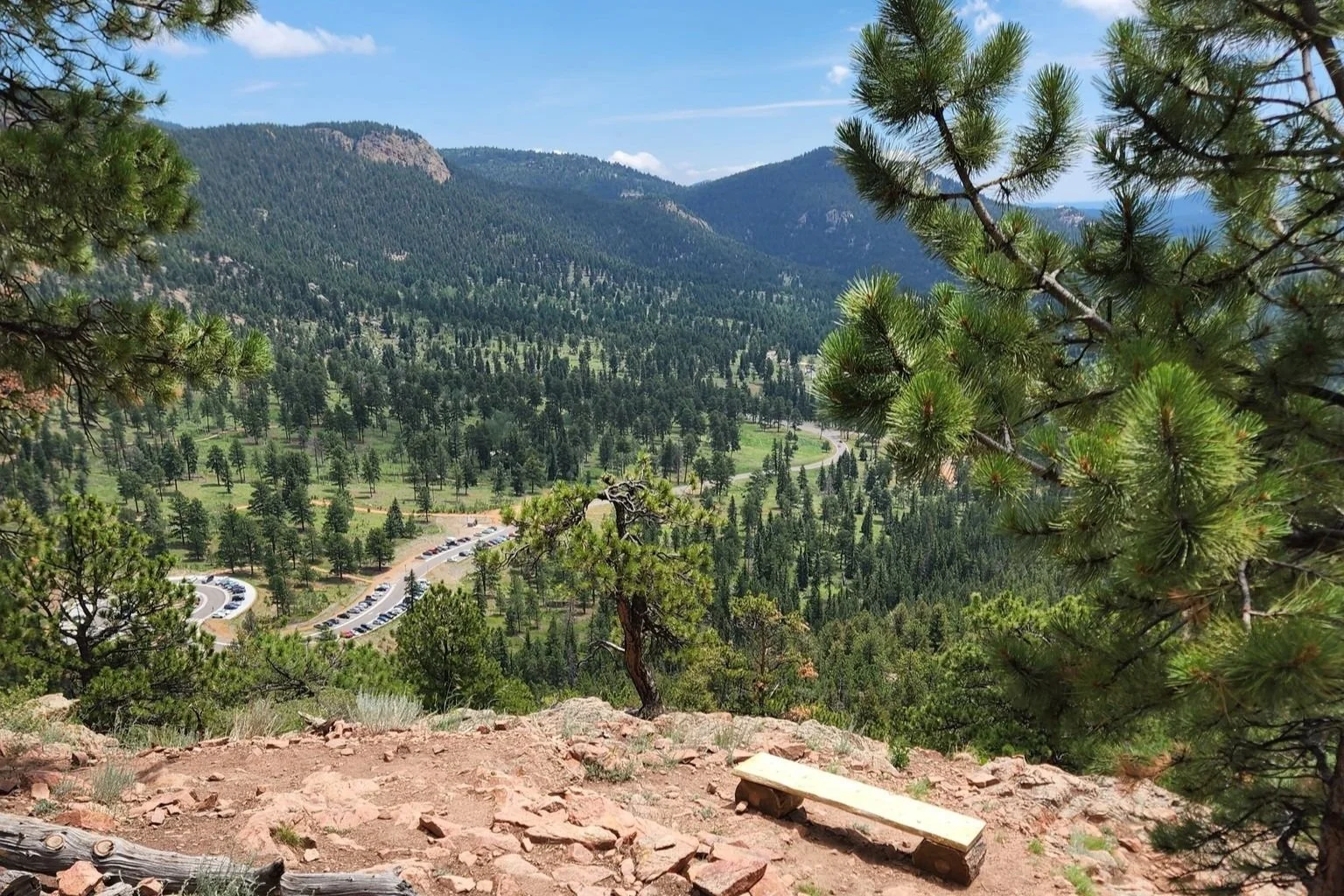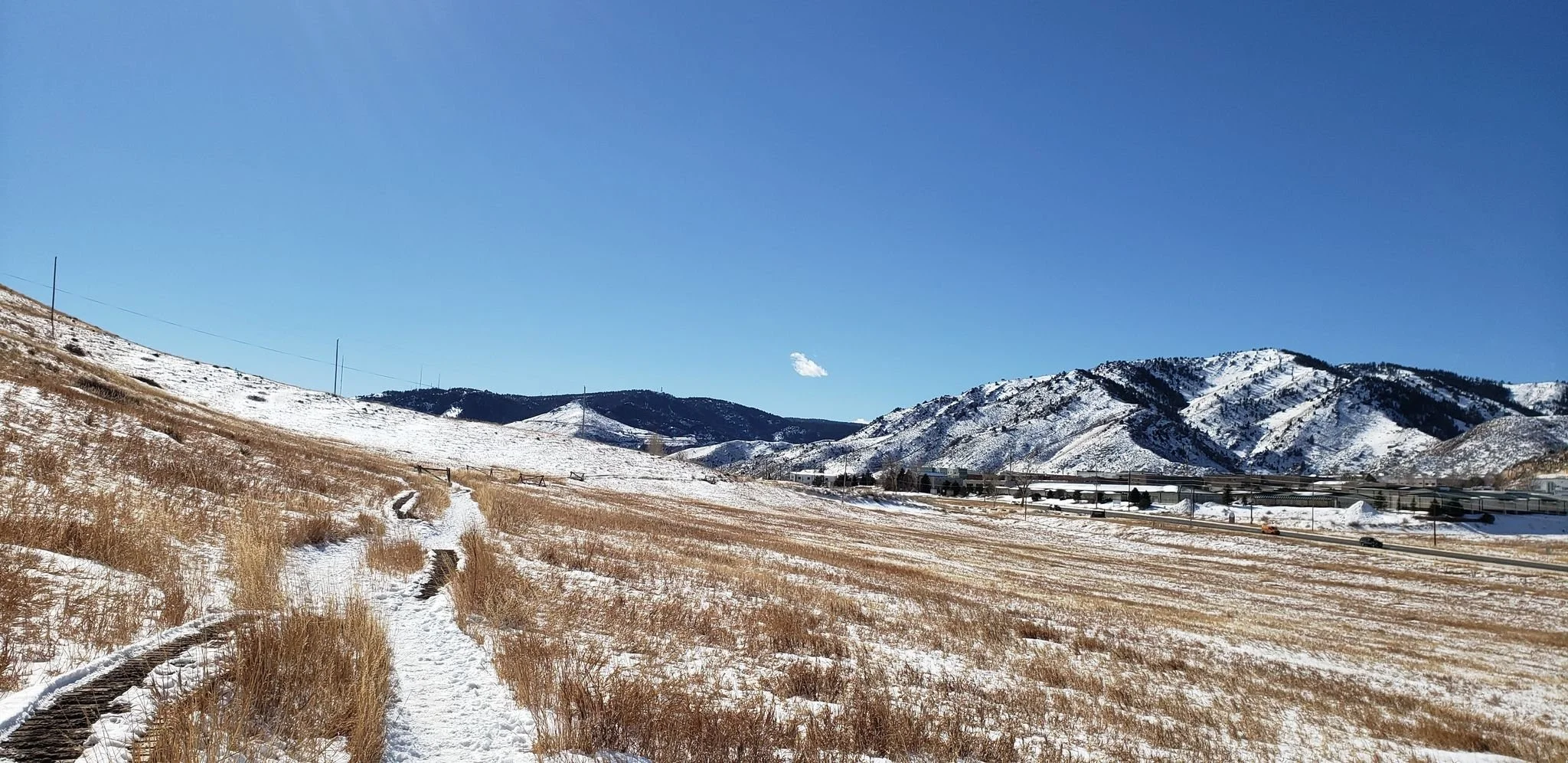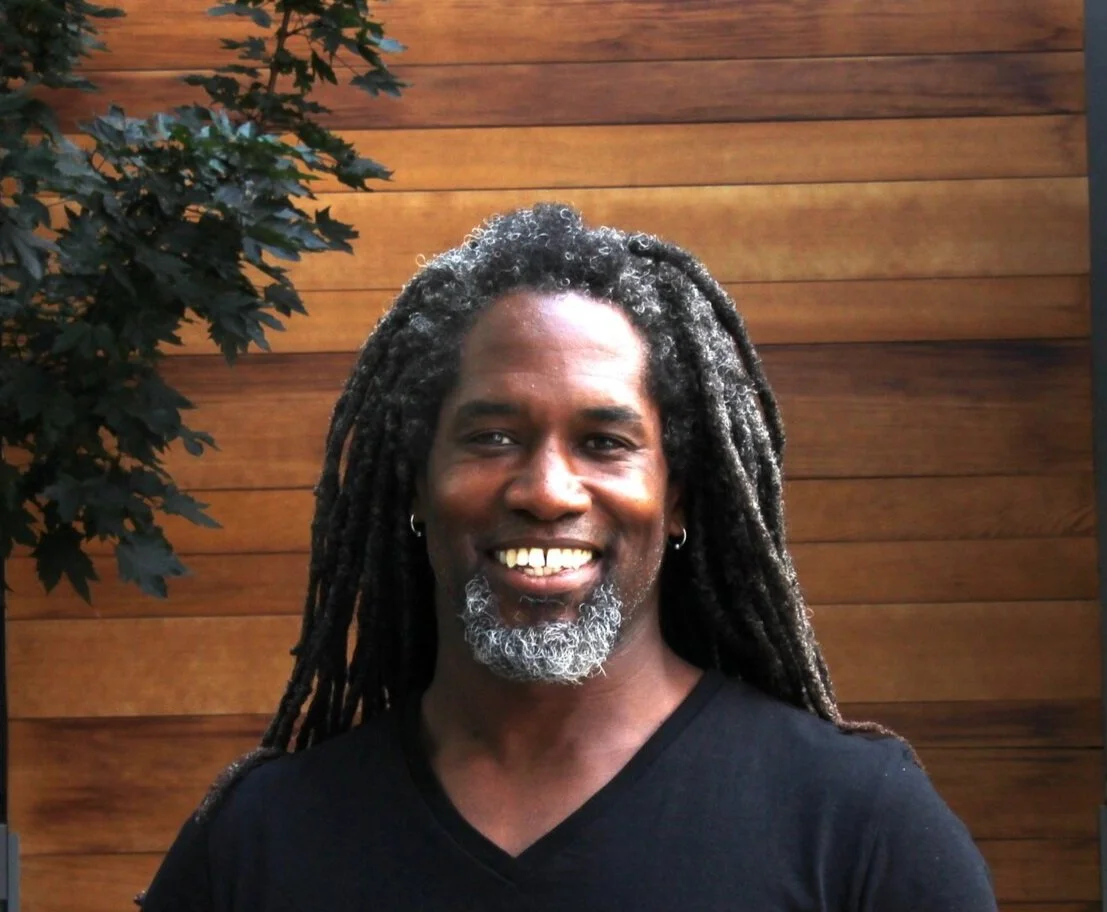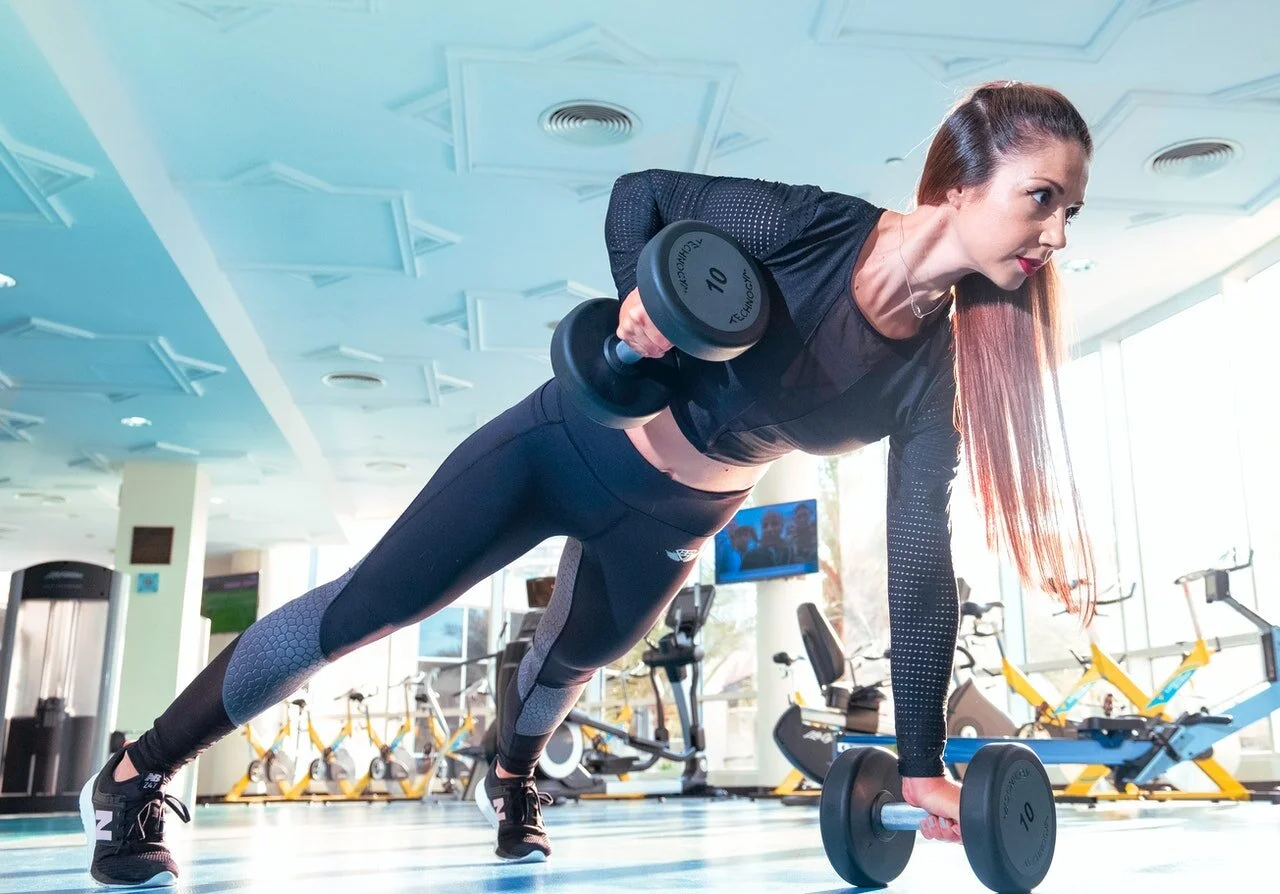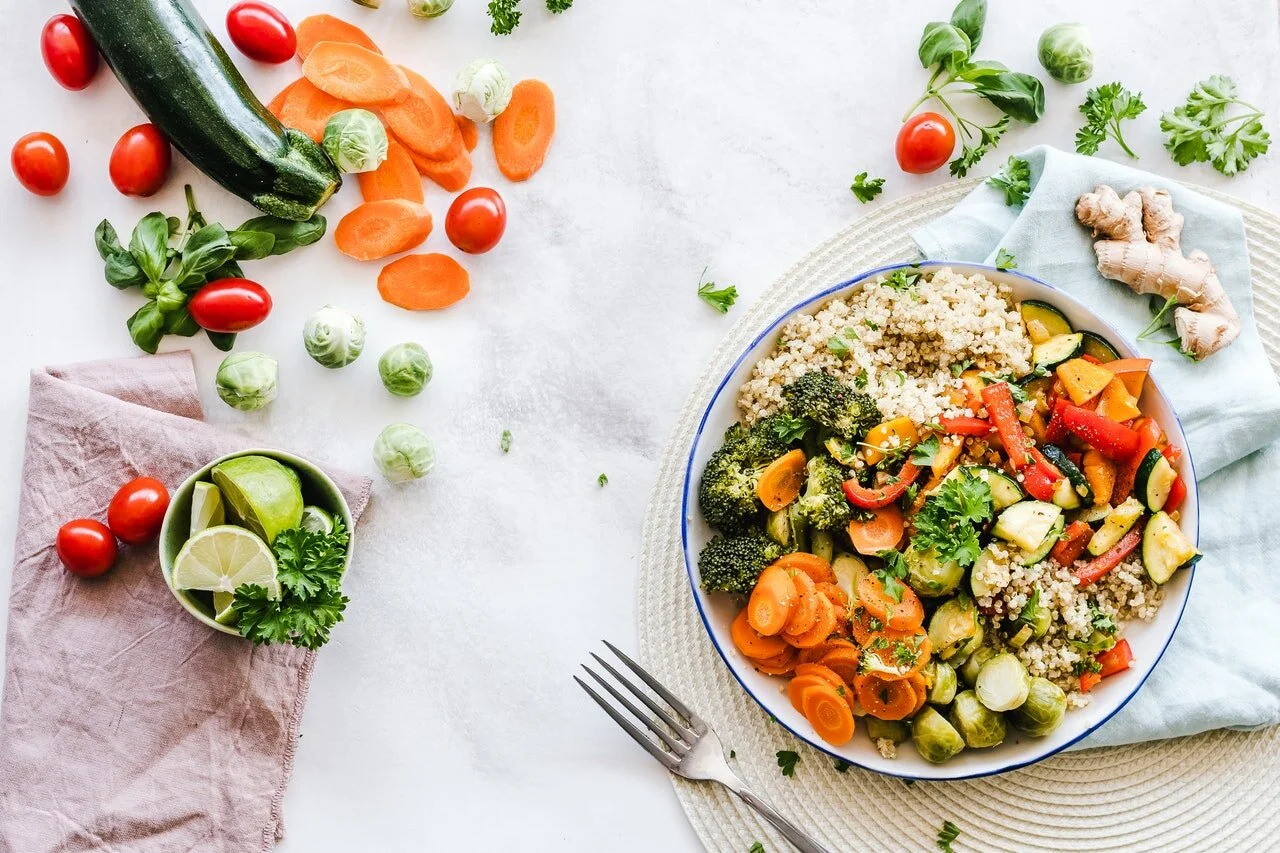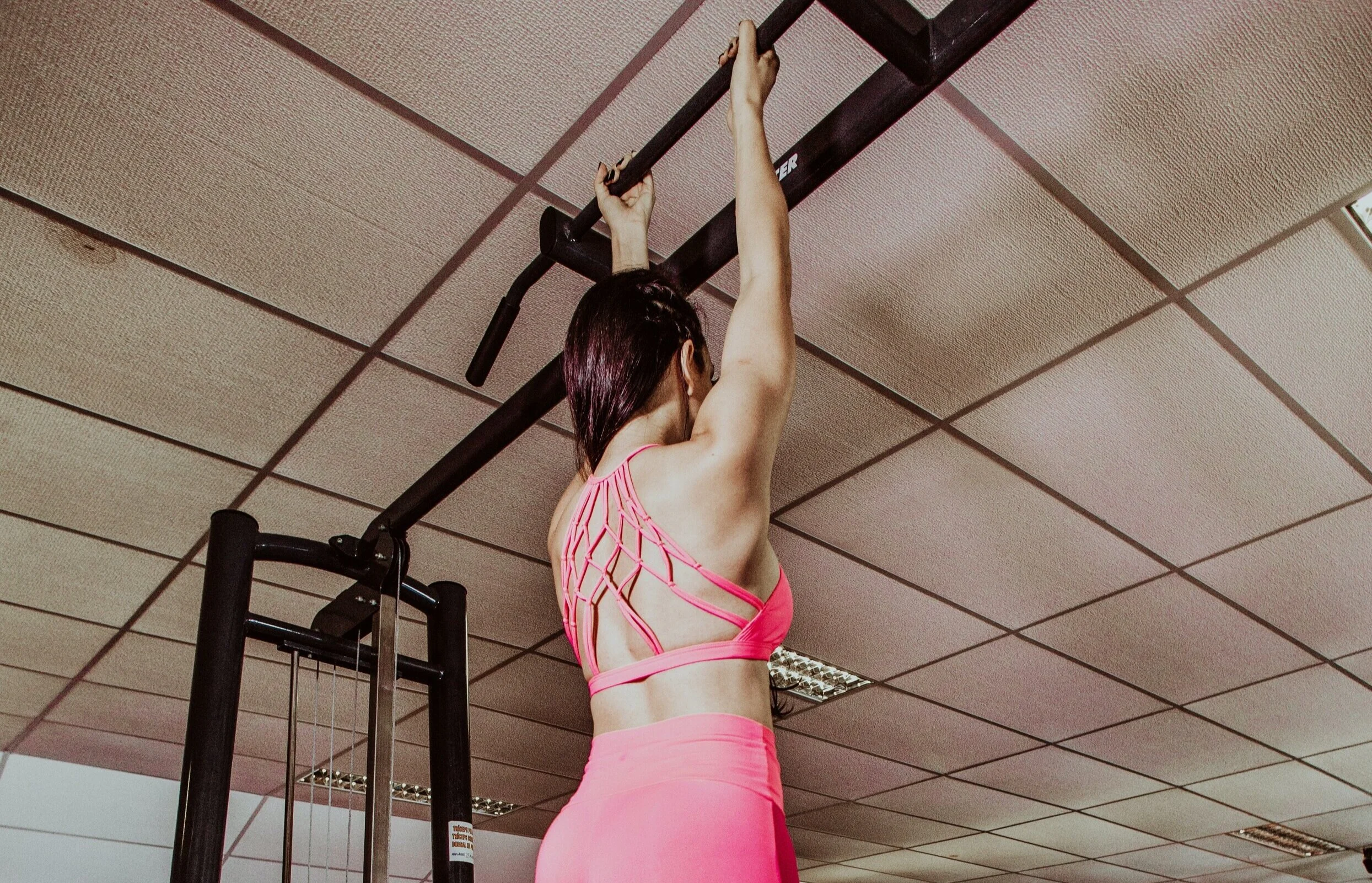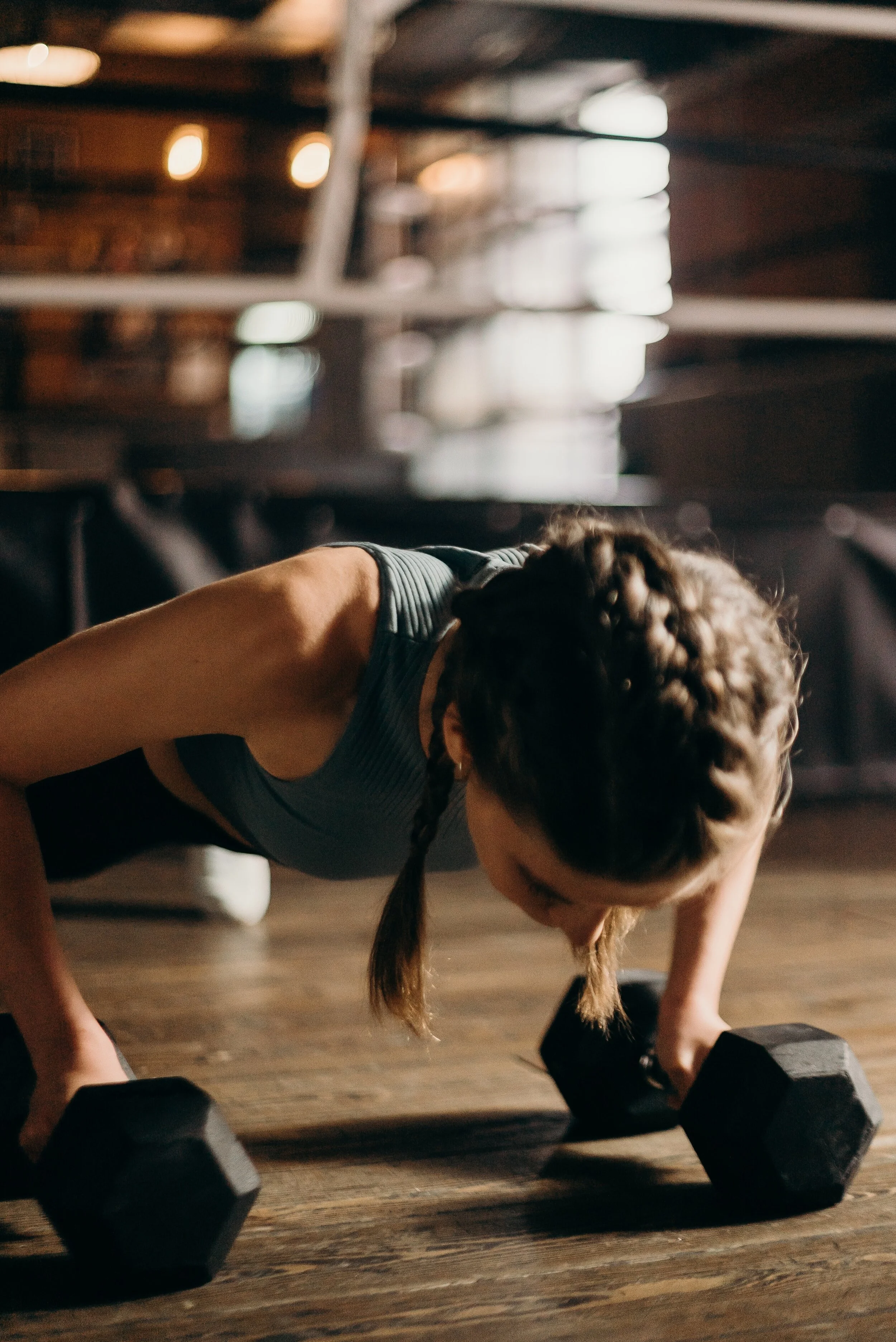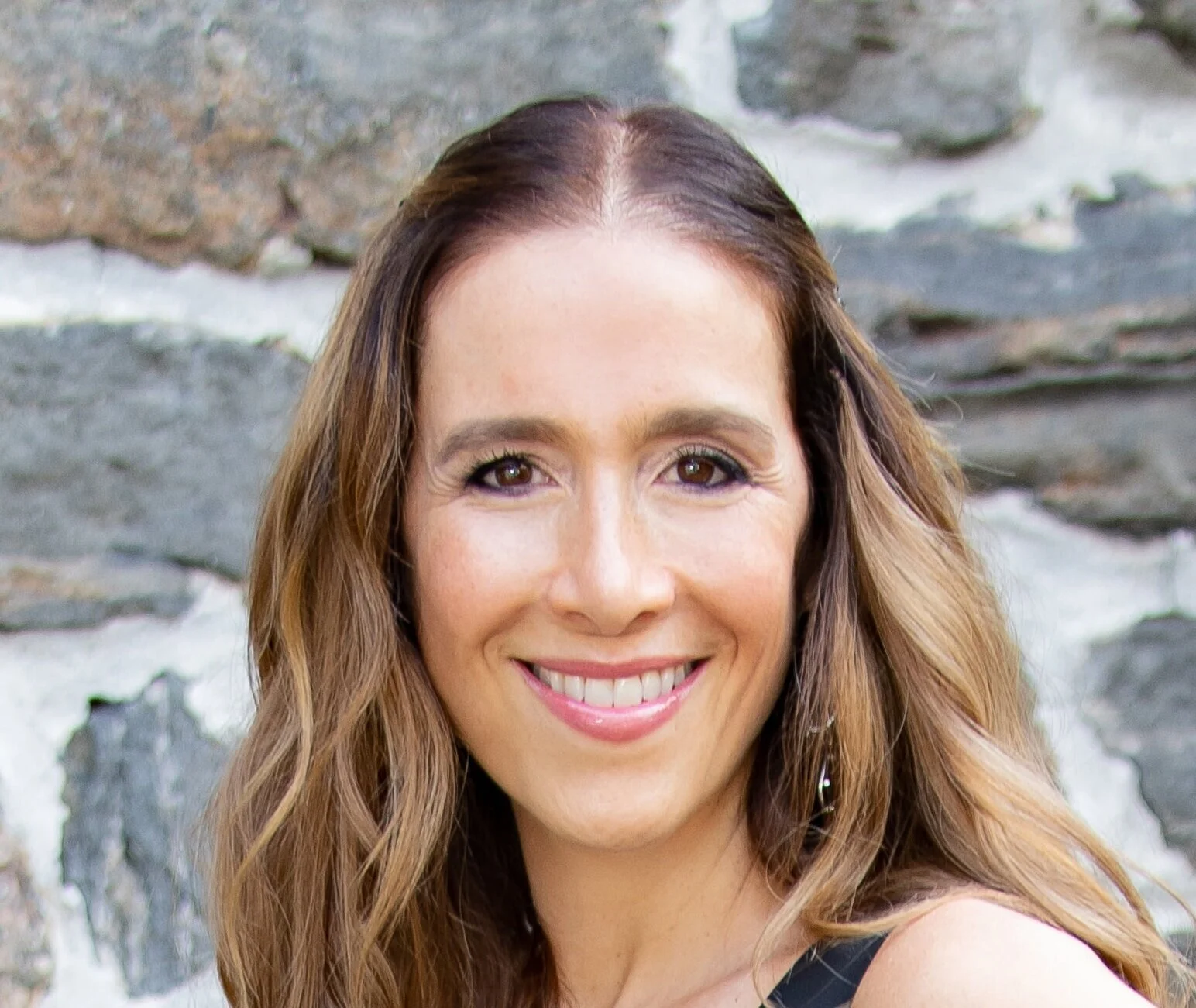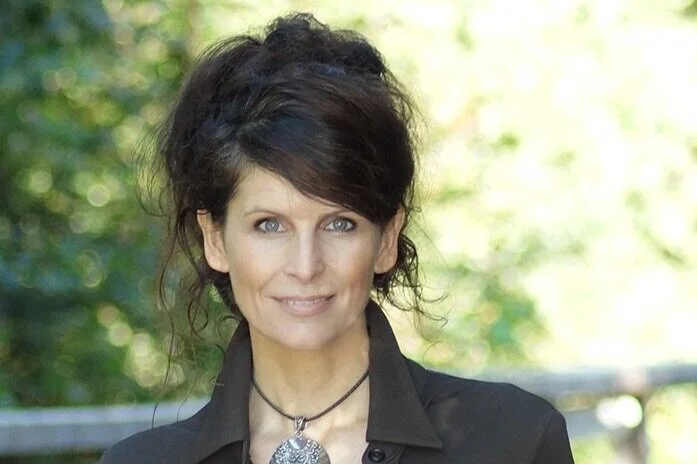Finally…the most important question of our times will be answered: Is pizza healthy? Find out here (from the CNN.com article "Is pizza healthy?" Review).
While I also think that there is a spectrum of “healthiness” when considering a slice of pizza, I want to assure you of one thing right away: Pizza isn’t healthy. It fails miserably to reach your nutritional ratio of need and the main ingredients (cheese and crust) will most eventually send you to the ER with heart disease or diabetes (If you don’t believe it, check out published lists of the number killers of Americans).
With this being said, I absolutely love pizza. I worked in a pizza kitchen for three years in high school and often dream about dancing slices. If you do the same, be honest with yourself: It is a treat, not a nutritional meal. We can call it a filler as well (and you may feel filled up while you sleep on the floor after eating it). What if you plan to eat it anyway? Then, this is what you should know. Putting aside the ingredients, the sodium is usually a big problem. You shouldn’t eat consume more than 1000-1500 mg of sodium per day, and a personal pan pizza will give you at least that. Definitely be mindful of your portions.
The second part of this section regarding the ingredients is dead on. You control whether this garbage can fire turns into a 5-alarm fire. Calories, fat, and sodium are the main culprits….your toppings will determine how far off the cliff you fall (especially if you’re already dancing on the line with the other choices you’ve made that day). By the way, Chicago has so many great options for pizza you should avoid anything with “Hut” in the name.
Consider this: Would you give your car watered-down fuel or oil? Probably not because you know that it won’t run efficiently (and may break down during your busy life). The same applies to your child when he or she needs the best fuel for a pivotal point in his or her life. You don’t need to completely remove it from your child’s life…just view it, again, as a treat, not a weekly meal (and make sure your child understands why).
Photo Credit:
CNN.com – Are the extra ingredients really the difference?
Article Credit:
Author: Michael Moody Fitness with excerpt sourced from the article "Is Taking a Multivitamin Worth the Risks?" on CNN.com.
Pizza is healthy. And it isn't healthy.Personal Trainer Wisdom: “To be or not to be….that is the question” is what I thought of when reading the first line of this article. Let’s be honest, you, like I, have been lured in by CNN with their Shakespearean introduction. Without any further banter, the author dives right in to answer this question. Without further ado, let’s evaluate:
Depending on the type of crust, the amount of cheese and the toppings used, pizza can rank anywhere from nutritionally decent to a diet disaster.
Even healthy pizzas deliver a good amount of sodium from tomato sauce and cheese, so if you are watching your salt intake, you should eat with caution. Of course, the size of the slice and the number of slices you eat count, too.
While I also think that there is a spectrum of “healthiness” when considering a slice of pizza, I want to assure you of one thing right away: Pizza isn’t healthy. It fails miserably to reach your nutritional ratio of need and the main ingredients (cheese and crust) will most eventually send you to the ER with heart disease or diabetes (If you don’t believe it, check out published lists of the number killers of Americans).
With this being said, I absolutely love pizza. I worked in a pizza kitchen for three years in high school and often dream about dancing slices. If you do the same, be honest with yourself: It is a treat, not a nutritional meal. We can call it a filler as well (and you may feel filled up while you sleep on the floor after eating it). What if you plan to eat it anyway? Then, this is what you should know. Putting aside the ingredients, the sodium is usually a big problem. You shouldn’t eat consume more than 1000-1500 mg of sodium per day, and a personal pan pizza will give you at least that. Definitely be mindful of your portions.
Pizza pros include the fact that it offers calcium from cheese and disease-fighting lycopene from tomatoes. And pizza crust made with whole-wheat flour (including whole white wheat flour) is healthier than regular white crust, as it offers whole grains and fiber and is digested more slowly than refined grains.Personal Trainer Wisdom: First, dairy can cause inflammation in the body. If you’re seeking calcium, choose more nutrient-dense sources like dark leafy greens (yes, I know…not as exciting). Second, whole grains can also cause inflammation as; they are highly processed and lack nutrition density, and they spike your blood sugar levels (though not as much as white flour). Unless whole grains are in the whole form, don’t convince yourself that you’re making a healthy choice here. Translation: If you crave this treat, go all in with the white flour crust but less of it.
But what you put on your pizza can significantly impact its nutritional value. Toppings such pepperoni, sausage and extra cheese can boost saturated fat, sodium, and calories, while slices made with thinner crusts and topped with veggies tend to have lower calorie, saturated fat and sodium counts.
For example, a large slice of Pizza Hut's Thin 'N Crispy Veggie Lovers pizza has 240 calories, 4 grams of saturated fat and 710 milligrams of sodium. But a large slice of the chain's Meat Lovers pan pizza with pepperoni, sausage, ham, bacon, pork, and beef has 480 calories, 10 grams of saturated fat and 1,180 milligrams of sodium.
The second part of this section regarding the ingredients is dead on. You control whether this garbage can fire turns into a 5-alarm fire. Calories, fat, and sodium are the main culprits….your toppings will determine how far off the cliff you fall (especially if you’re already dancing on the line with the other choices you’ve made that day). By the way, Chicago has so many great options for pizza you should avoid anything with “Hut” in the name.
Frozen pizzas can be a convenient dinner, but they too can vary regarding ingredients and nutritional value, especially with sodium counts, so it's important to read labels carefully (some contain small amounts of trans fats, too). Dairy-free and gluten-free pizzas are available, but as with their traditional counterparts, their healthfulness varies.Personal Trainer Wisdom: Short and sweet: Avoid the frozen pizzas. More processed, less fresh, and the taste rarely compares to the real experience. Keep in mind that I ate one frozen pizza per weight to help with my misguided, immature attempts to gain weight and muscle.
When it comes to kids and pizza, one recent study concluded that pizza consumption among children and adolescents was associated with a higher daily calorie intake and higher intakes of saturated fat and sodium. The study also found that pizza eaten as a snack or from fast-food restaurants had the greatest negative impact on calorie intake.Personal Trainer Wisdom: Repeat after me “Kids cannot eat whatever they want”. I know…you don’t believe me because they’re not overweight and they can “burn it off”. Don’t kid yourself, though (pun intended). The biggest phase of a child’s physical development occurs between the ages of newborn to 8/9 (and I can argue to the age of 18-21).
Pizza consumed in schools did not significantly affect children's calorie intake, probably because it may not be that nutritionally different from other school entrees, according to study authors.
Consider this: Would you give your car watered-down fuel or oil? Probably not because you know that it won’t run efficiently (and may break down during your busy life). The same applies to your child when he or she needs the best fuel for a pivotal point in his or her life. You don’t need to completely remove it from your child’s life…just view it, again, as a treat, not a weekly meal (and make sure your child understands why).
If you enjoy pizza on a regular basis, try making it at home using healthier ingredients, such as whole-wheat English muffins, part-skim mozzarella cheese and tomato sauce without added salt. And don't forget to top it with lots of vegetables; the more colorful your pizza, the better!Personal Trainer Wisdom: Please don’t enjoy pizza on a regular basis. Despite the efforts to make it healthy, it isn’t a great source of nutritional fuel. I often order a cheeseless pizza with extra vegetables. It is my attempt to lessen the effects while still enjoying one of my favorite indulgences. Ultimately, though, life isn’t about living perfectly. Whatever you indulge in, be sure to realistically assess its value and think about its relationship to the other choices for that day. With that being said, who wants to grab 1-2 small slices of pizza?
Photo Credit:
CNN.com – Are the extra ingredients really the difference?
Article Credit:
Author: Michael Moody Fitness with excerpt sourced from the article "Is Taking a Multivitamin Worth the Risks?" on CNN.com.
